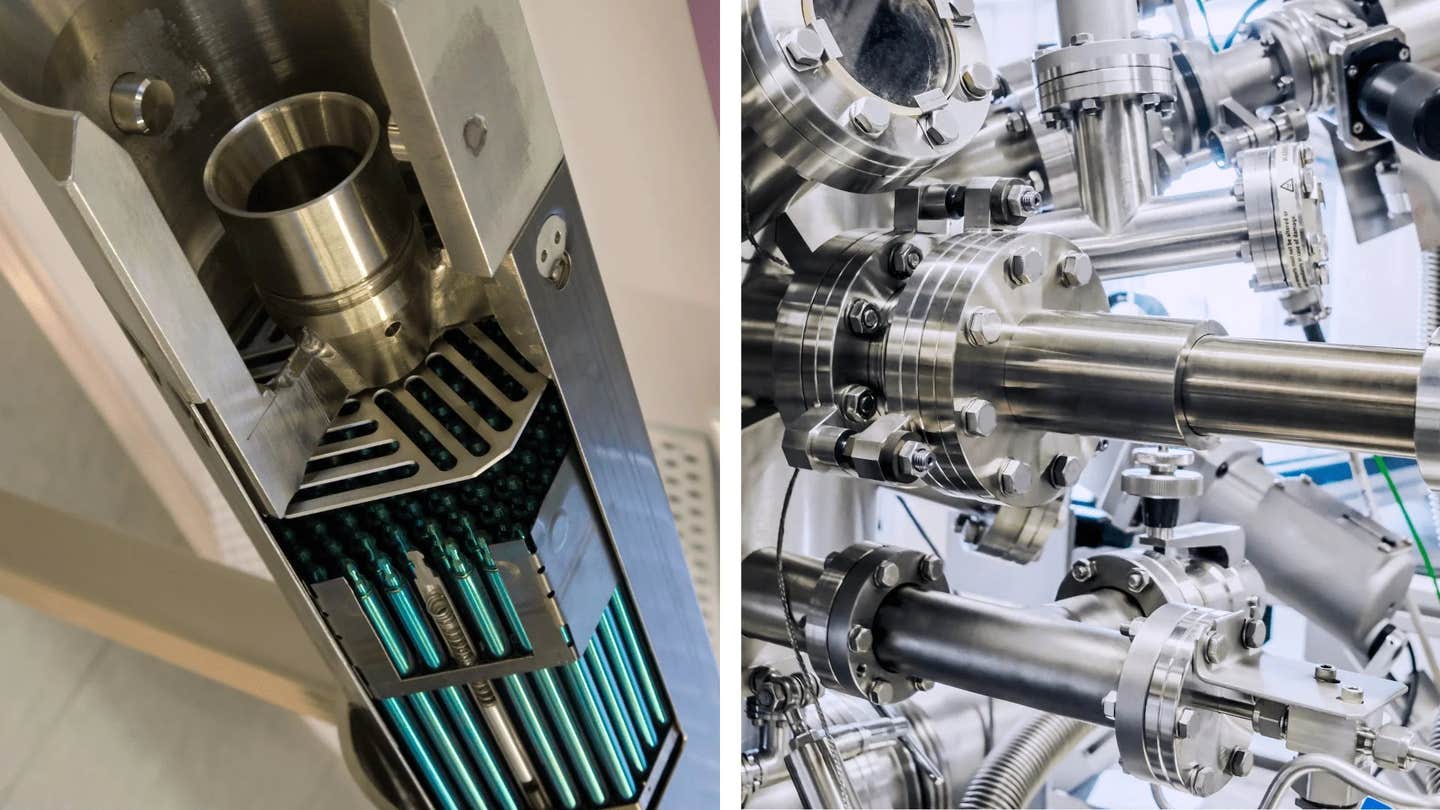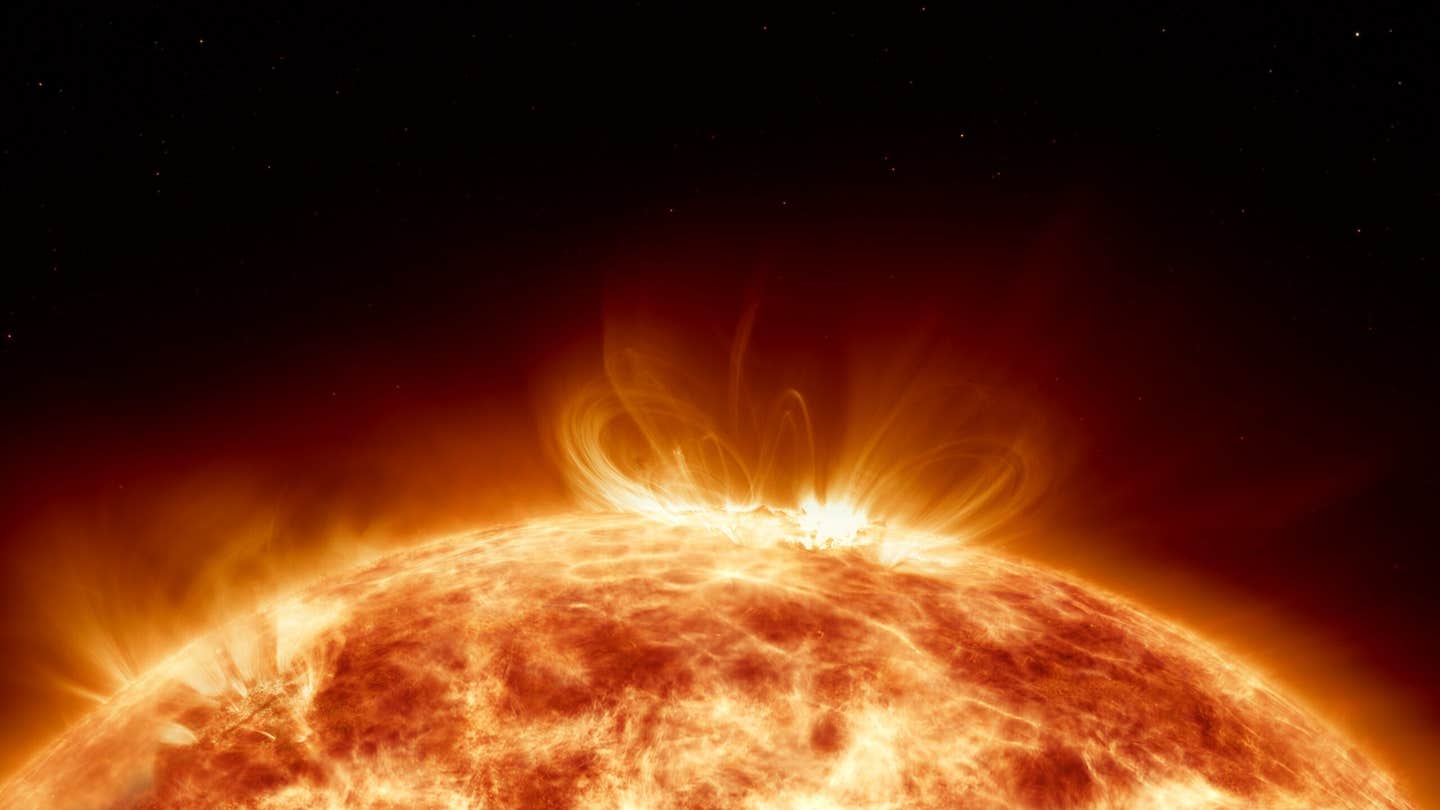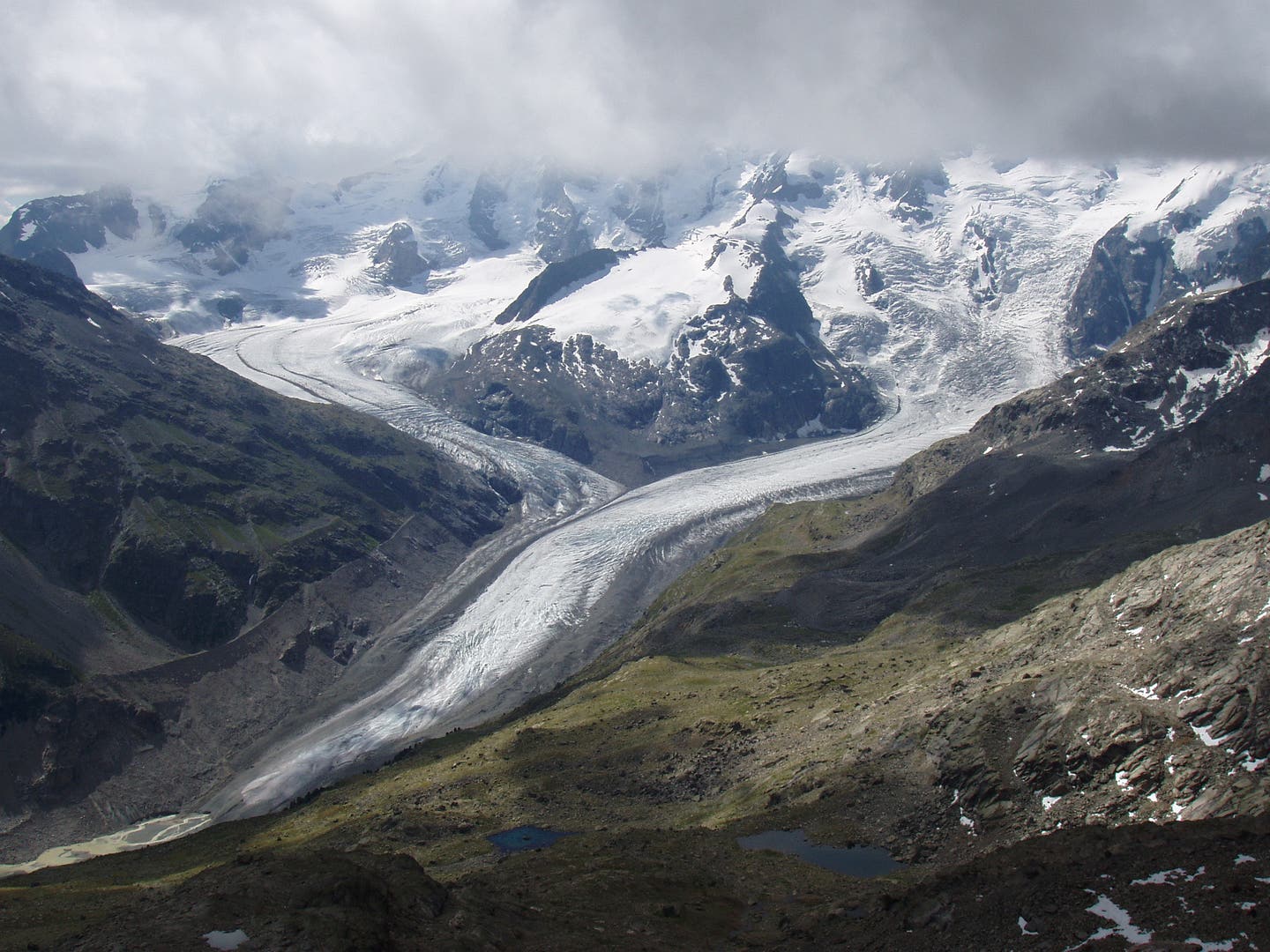Scientists bury nuclear reactor 1 mile below ground to produce safe and low cost energy
Deep Fission is placing a nuclear reactor nearly a mile underground, they aim to revolutionize the way nuclear energy is produced.

The Deep Fission reactor operate at the same pressure (160 atmospheres) as does a standard PWR, and at the same core temperatures (about 315°C, equal to 600°F). (CREDIT: Deep Fission)
As the world urgently seeks alternatives to fossil fuels, innovations in energy generation are becoming crucial. Among the most groundbreaking concepts is the idea of placing nuclear reactors deep below the Earth's surface. One company, Deep Fission, based in Berkeley, has taken up this challenge with a novel approach. By placing a nuclear reactor nearly a mile underground, they aim to revolutionize the way nuclear energy is produced.
The extreme conditions found deep beneath the Earth remove the need for large pressure vessels that are typically required in traditional reactors. Additionally, the containment structures that are essential in conventional designs won’t be necessary at this depth. These are key advantages of Deep Fission's approach.
Deep Fission has combined well-established nuclear technology with the latest innovations in drilling to bring a new vision of energy generation to life. Their design for a modular nuclear microreactor is poised to change the landscape of nuclear power. This microreactor, capable of generating 15 Megawatts-electric, would be placed a mile underground within a 30-inch borehole.
According to Deep Fission, this concept could be the solution to the world’s demand for clean, reliable, and affordable energy. The company claims their design has the potential to make energy more sustainable, addressing a crucial global need.
The design of this underground reactor builds on the technology of a pressurized water reactor (PWR), a widely used and trusted model in the nuclear industry. The reactor uses the same type of fuel as standard PWRs, even employing the same fuel assemblies. Power is controlled through familiar methods—control rods and boron in the coolant fluid—ensuring a design that stays within the parameters of existing safety standards.
Operating at a pressure of 160 atmospheres and core temperatures of around 315°C (approximately 600°F), the reactor mirrors the conditions of a conventional reactor. But the underground location offers unique safety advantages.
Related Stories
Being so deep below the surface means the reactor would be far removed from natural disasters like tornadoes, hurricanes, floods, and tsunamis, as well as human threats such as terrorism or airplane crashes. This level of protection is something that cannot be easily achieved in traditional surface reactors.
The power generation process itself is also similar to that of pressurized water reactors. Heat from the reactor is transferred to a steam generator located deep underground. This steam, which remains non-radioactive, rises to the surface where it drives a standard steam turbine, generating electricity.
The similarities to existing reactor designs could help speed up the regulatory approval process. Since much of the technology has already been approved for use in conventional reactors, Deep Fission hopes that their underground variant will receive a green light more quickly from regulators.
Another significant benefit of this design is the ease of inspection. Unlike conventional reactors, which are housed in massive containment buildings, Deep Fission's reactor can be raised to the surface for inspection. Using attached cables, the reactor can be brought up in just one or two hours, a significant improvement in terms of safety and maintenance.
One of the major cost drivers for traditional nuclear power is not the fuel itself but the infrastructure. The fuel—fully developed pellets of low-enriched uranium—costs far less than legacy energy sources like coal. But the expenses start to pile up with the thick steel reactor pressure vessels, large pressurizers, and massive concrete containment buildings that standard PWRs require.
Deep Fission has found a way to bypass these costs. By placing their reactor in a borehole, they replace these expensive structures with geology. The natural pressure of water at a depth of one mile is 160 atmospheres—the same as what a traditional reactor’s pressure vessel would need to withstand. This reduces the need for expensive materials and labor-intensive construction, making the borehole reactor a more economical option.
This vision of affordable nuclear power is not just theoretical. Deep Fission recently announced its emergence onto the energy scene with a $4 million pre-seed funding round led by 8VC. The company’s leadership is optimistic about what this could mean for the future of energy.
“I am thrilled to introduce Deep Fission and present our groundbreaking approach to affordable nuclear power,” said Elizabeth Muller, co-founder and CEO of Deep Fission. “Climate change has accelerated the need for clean energy, and nuclear must be cheaper in order to compete with coal and natural gas. We’ve innovated beyond other reactor designs and engaged early and often with the Nuclear Regulatory Commission to make atomic energy a viable option to power AI, industrial applications, as well as remote communities.”
Deep Fission’s borehole reactor offers a pathway to cheaper, safer, and more efficient nuclear power. By combining familiar nuclear technology with cutting-edge drilling techniques, the company has the potential to change how nuclear power is produced, making it a more viable and attractive option in the fight against climate change. The world’s energy future may well lie deep beneath the ground.
Note: Materials provided above by The Brighter Side of News. Content may be edited for style and length.
Like these kind of feel good stories? Get The Brighter Side of News' newsletter.



